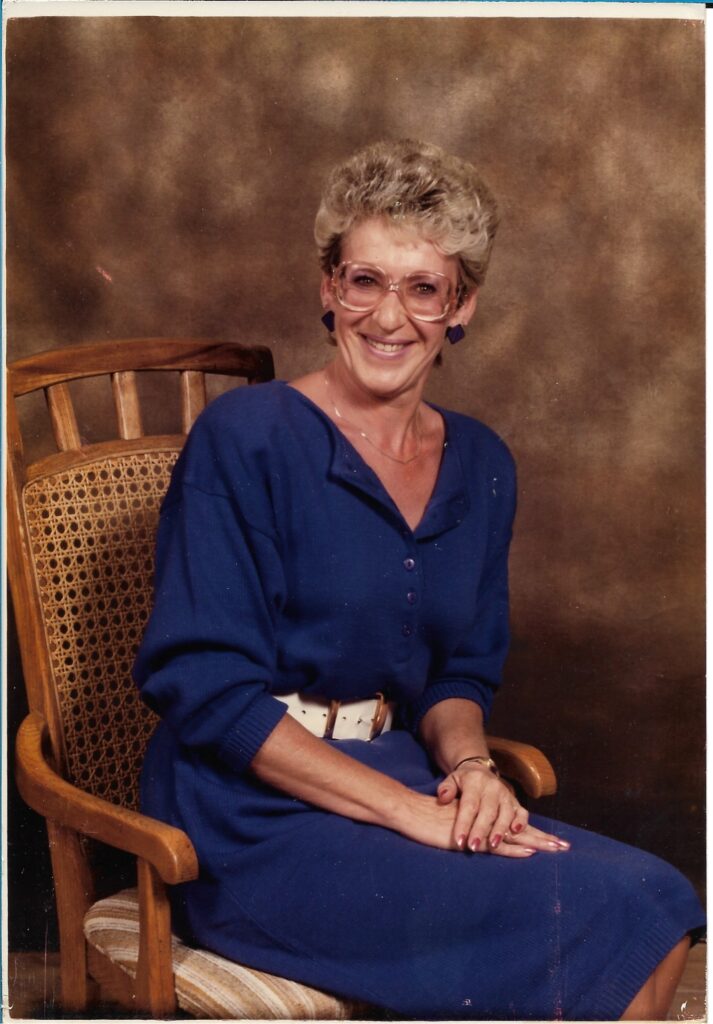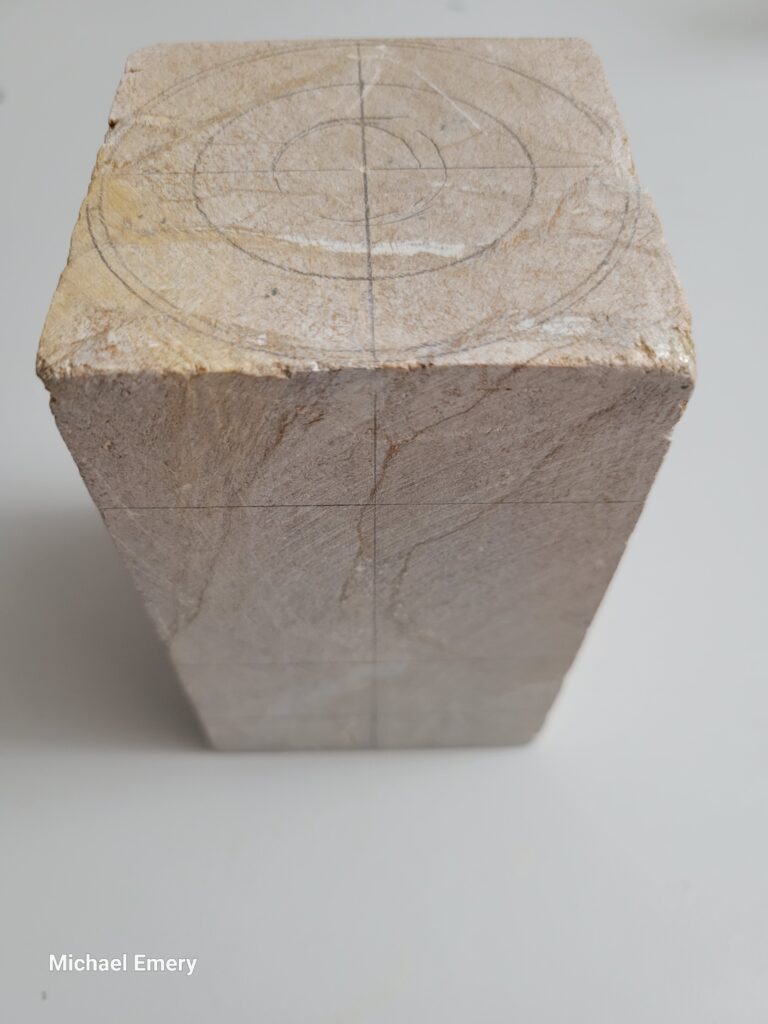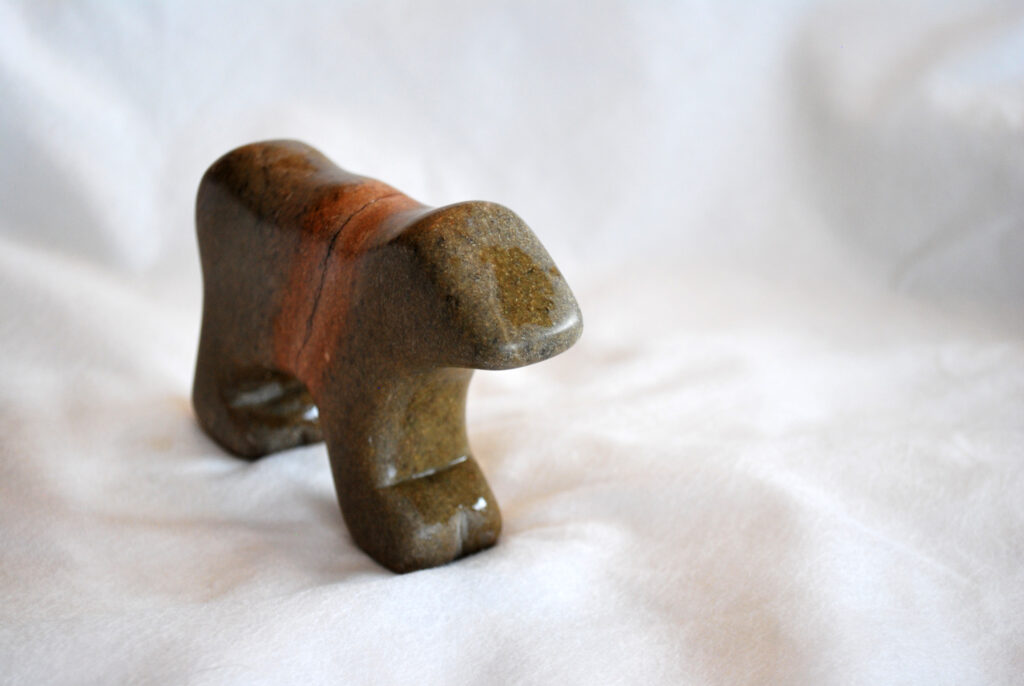

Art has always been my sanctuary, but this time, it became my healing process. Sculpting my mother’s urn was not just an act of creation—it was an act of love, remembrance, and reconciliation.
The Symbolism of Stone
Stone is timeless, enduring. It holds strength and permanence, much like the memory of a loved one. As I shaped the urn, every cut, every detail, carried a piece of my grief and my love. Yet, it also carried my frustrations, my regrets, and my longing for the relationship we never fully achieved. The process was as much about letting go as it was about holding on.
The Design Process
I didn’t know what my mother’s favorite colors were, and I didn’t start with a clear plan. Instead, I approached the block of stone with creative curiosity, letting the sculpture unfold with each cut. As I journaled personally during the process, I wrote:
Day 3: The stone is resisting today. It feels like her, stubborn and defiant, but there’s something in there waiting to emerge. I’m learning to trust the process, even when I don’t see where it’s going.
Letting the form reveal itself was liberating. The curves of the urn began to reflect warmth and resilience, and the intricacies of the details mirrored the complexity of her personality—beautiful, untamed, and sometimes difficult to navigate. Even now, the piece continues to evolve, much like my understanding of her.
The Healing Power of Art
There were no moments when the stone “didn’t cooperate.” Stone is steadfast, enduring, and reliable—it simply is. Instead, it was my own mind that struggled to align with the process. Being in the grip of ADHD, grief, and depression often made it difficult to focus or find clarity. The challenges of my daily life and business added another layer of strain, creating moments where it felt impossible to move forward.
Still, sculpting became my anchor. When my thoughts felt scattered and overwhelming, the stone demanded my presence. It became a space where I could channel the storm of emotions into deliberate action. Each strike of the chisel became an act of grounding, a way to find stillness amidst chaos.
Through this process, I learned to be gentle with myself. The stone didn’t demand perfection; it asked only for patience and presence. Slowly, I found moments of clarity and healing, and I began to see how art could transform not only raw materials but also raw emotions.
A Tribute to Love
This urn is more than a vessel; it is a tribute. It holds not just ashes but memories, love, and the complexities of a mother-child bond. It is a reminder that even imperfect relationships can hold profound meaning and that healing often comes in unexpected forms.
In sculpting this urn, I found closure not only for her but also for myself. It stands as a testament to the transformative power of art—a way to honor, to heal, and to remember.
What’s Next?
This journey of sculpting my mother’s urn has been deeply personal and transformative. In the next part of this series, I’ll share a detailed account of the sculpting process itself, including sculpting journal entries and photos that capture the evolution of the piece, to date. Through this, I hope to provide a glimpse into how creativity can become a path to healing, even in the most challenging times.


